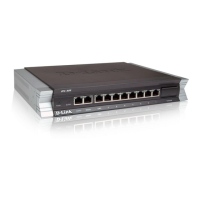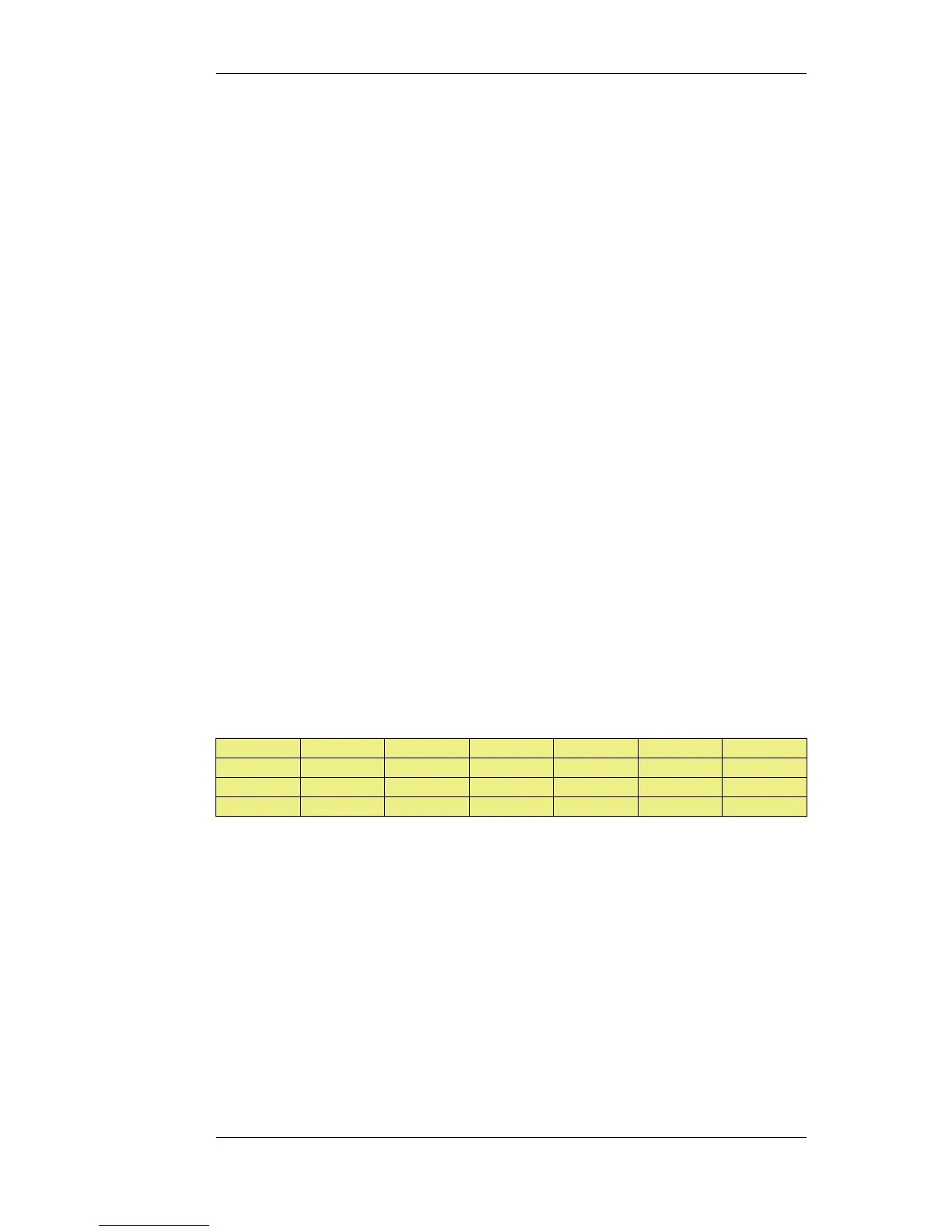Changing the Management WebUI Port
HTTP authentication will collide with the WebUI's remote management service which also uses
TCP port 80. To avoid this, the WebUI port number should be changed before configuring
authentication. Do this by going to Remote Management > advanced settings in the WebUI and
changing the setting WebUI HTTP Port. Port number 81 could instead, be used for this setting.
Agent Options
For HTTP and HTTPS authentication there is a set of options in Authentication Rules called Agent
Options. These are:
• Login Type - This can be one of:
• FORM - The user is presented with an HTML page for authentication which is filled in and
the data sent back to NetDefendOS with a POST.
• BASICAUTH - This sends a 401 - Authentication Required message back to the browser
which will cause it to use its own inbuilt dialog to ask the user for a username/password
combination. A Realm String can optionally be specified which will appear in the browser's
dialog.
FORM is recommended over BASICAUTH because in some cases the browser might hold the
login data in its cache.
• If the Agent is set to HTTPS then the Host Certificate and Root Certificate have to be chosen
from a list of certificates already loaded into NetDefendOS.
Setting Up IP Rules
HTTP authentication cannot operate unless a rule is added to the IP rule set to explicitly allow
authentication to take place. If we consider the example of a number of clients on the local network
lannet who would like access to the public Internet through the wan interface then the IP rule set
would contain the following rules:
# Action Src Interface Src Network Dest Interface Dest Network Service
1 Allow lan lannet core lan_ip http-all
2 NAT lan trusted_users wan all-nets http-all
3 NAT lan lannet wan all-nets dns-all
The first rule allows the authentication process to take place and assumes the client is trying to
access the lan_ip IP address, which is the IP address of the interface on the NetDefend Firewall
where the local network connects.
The second rule allows normal surfing activity but we cannot just use lannet as the source network
since the rule would trigger for any unauthenticated client from that network. Instead, the source
network is an administrator defined IP object called trusted_users which is the same network as
lannet but has additionally either the Authentication option No Defined Credentials enabled or has
an Authentication Group assigned to it (which is the same group as that assigned to the users).
The third rule allows DNS lookup of URLs.
Forcing Users to a Login Page
With this setup, when users that are not authenticated try to surf to any IP except lan_ip they will
fall through the rules and their packets will be dropped. To always have these users come to the
8.2.7. HTTP Authentication Chapter 8. User Authentication
329

